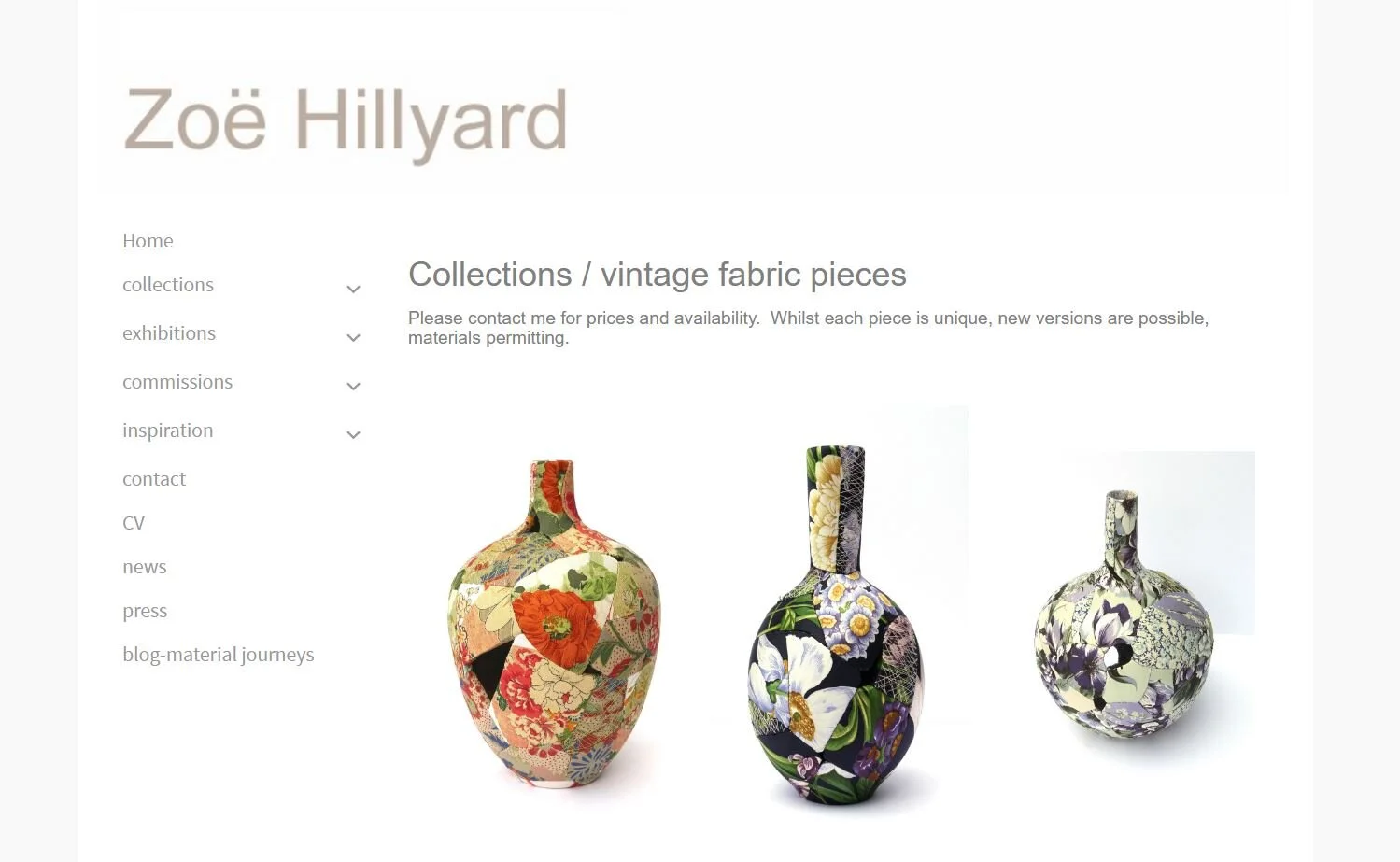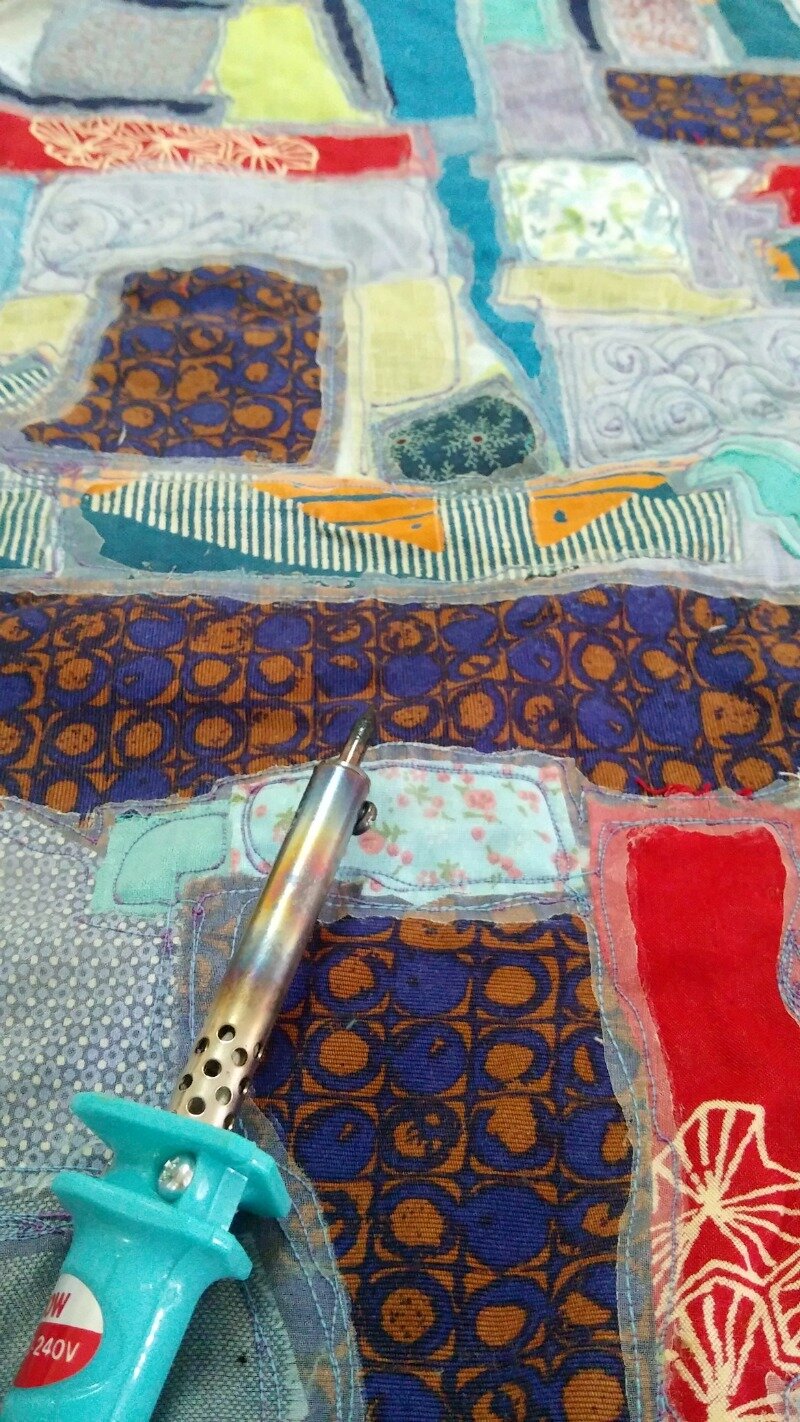Kintsugi Inspiration - Upcycled Trousers
The first time I went to Japan I witnessed how disciplined everyone was in disposing of their rubbish, in separating and then recycling their waste. My brother's Japanese mother-in-law was very meticulous in this and made sure that she did not buy more than what was necessary and even ensured things did not go to waste. I remember witnessing her carefully save 1 uneaten cooked potato for the next day. I think most of us would have thrown it away but the Japanese have "mottainai" もったいない ingrained in their DNA. Their "don't waste" approach to life is something we could learn from.
What makes the "mottainai" approach work?
The Japanese culture finds beauty in broken or old things or "wabi-sabi", and this philosophy goes back many years. The story goes that a Japanese shogun sent his damaged Chinese tea bowl back to China to be repaired only for it to come back with unsightly staples. This spurred the Japanese to look for a repair technique that would make the ceramic look as good as new. And so kintsugi was born - broken pieces of ceramic are assembled back together with gold dust and resin or lacquer.
Image: Haragayato
Kintsugi and Sewing
I don't think I have ever thought of repairing broken china with gold but artists such as Zoe Hillyard and Charlotte Bailey have put a twist on it by combining embroidery with kintsugi. So instead of gold dust, they have used gold thread.
My Kintsugi Inspired Piece
I don't have gold dust or gold thread. Actually, I was looking at the gold thread and couldn't bring myself to buy it. So although this is kintsugi inspired, there isn't any gold thread. I have taken fabric scraps and remnants from my stash and sewn them onto my husband's old denim shirt. My husband has had this since college days (yes, that old) and it was starting to thin so a bit of patching with scraps was perfect for this project.
Before the upcycle
Some free motion embroidery
For the kintsugi effect I used satin stitches and free motion embroidery over a sandwich of chiffon and scraps. I even used a soldering iron to burn some of the chiffon, creating a bit of kintsugi. The most difficult part (apart from the patches) was actually making the trousers, but I got there in the end! I added some bias tape at the bottom for a better finish and I was going to include dark blue tubing along the seams as well but decided against it in this upcycle.
Yes, you can use a soldering iron in textile projects!
I wasn't too sure about adding the yellow but after sewing the waistband everything fell into place!
Kintsugi inspired trousers






